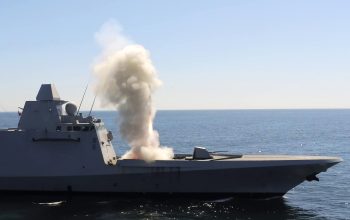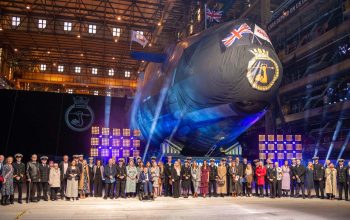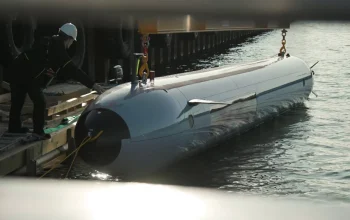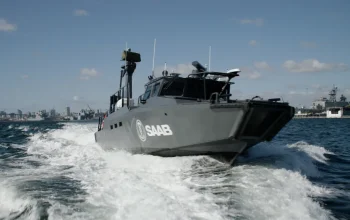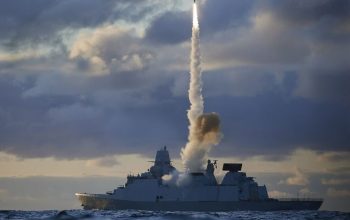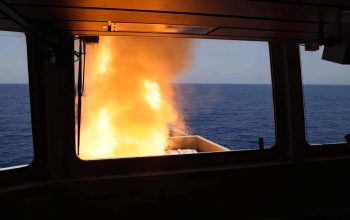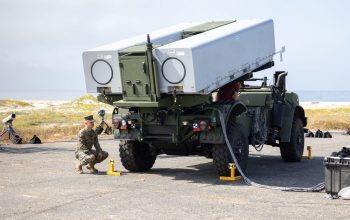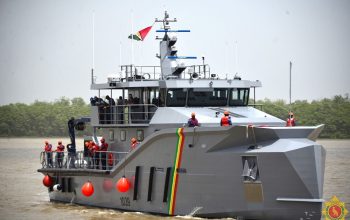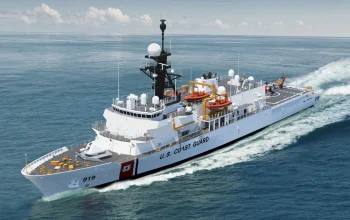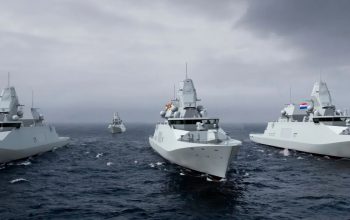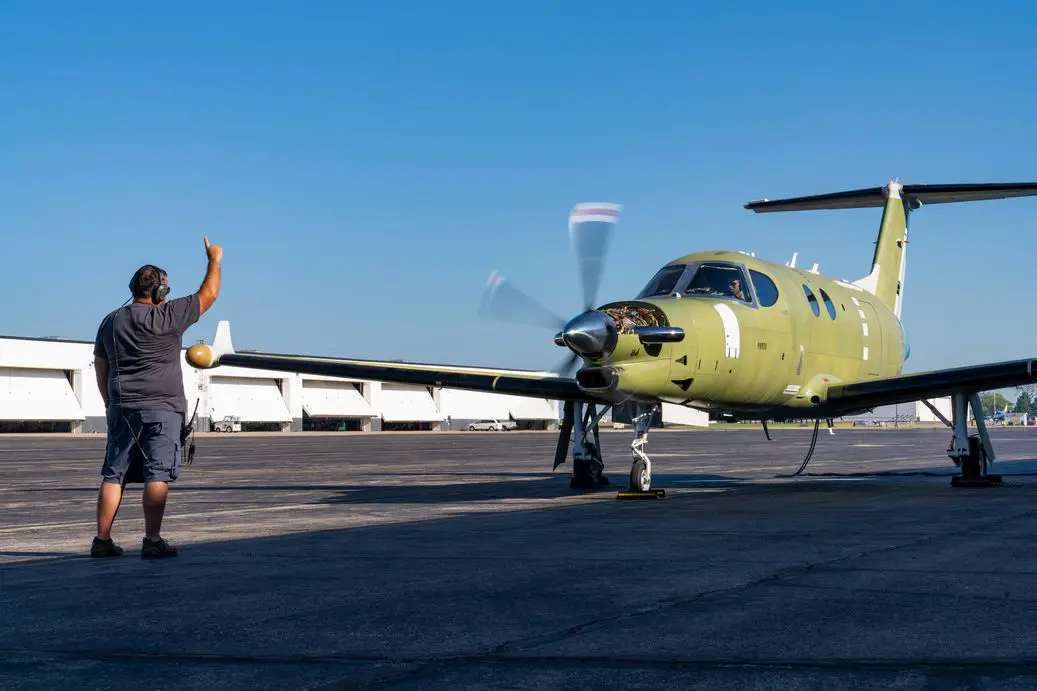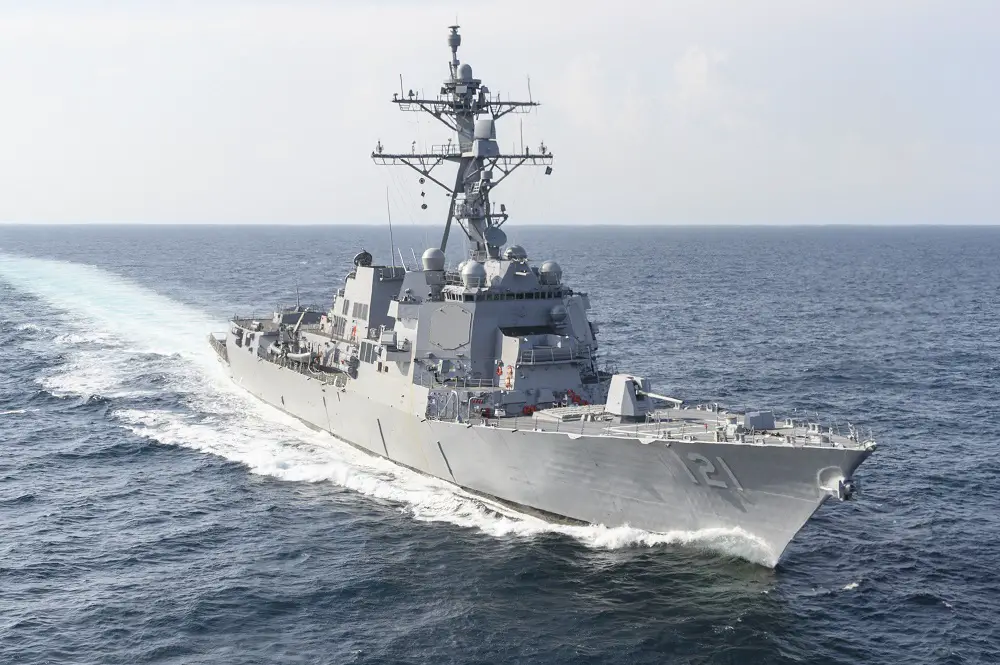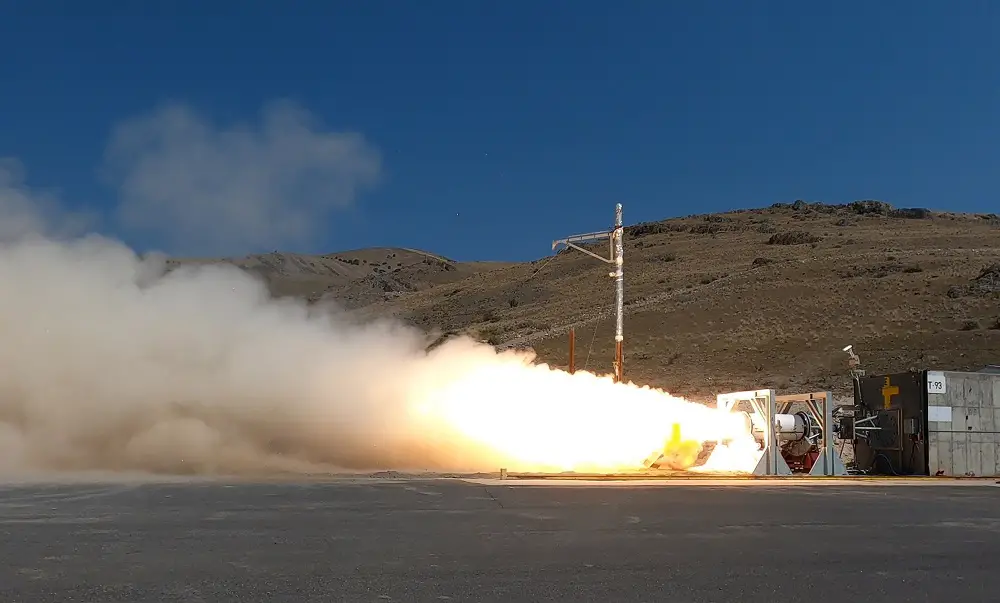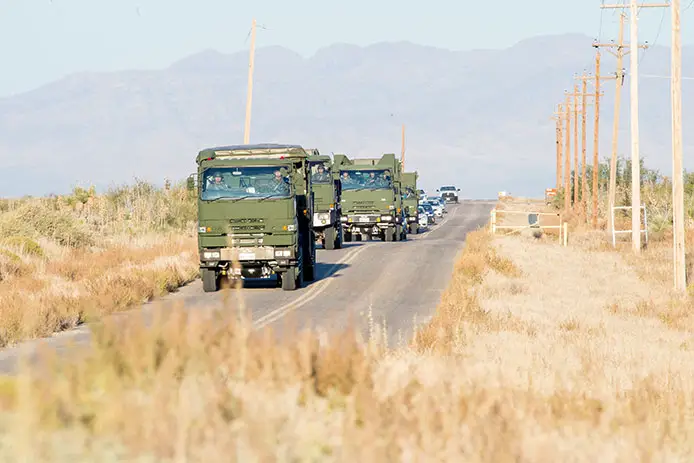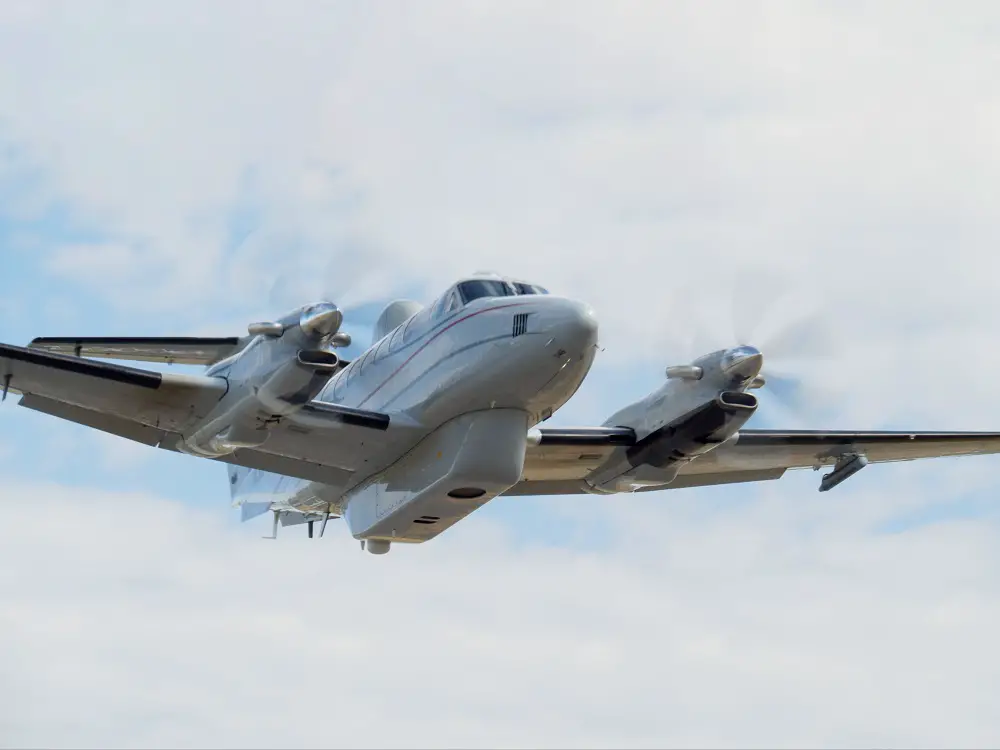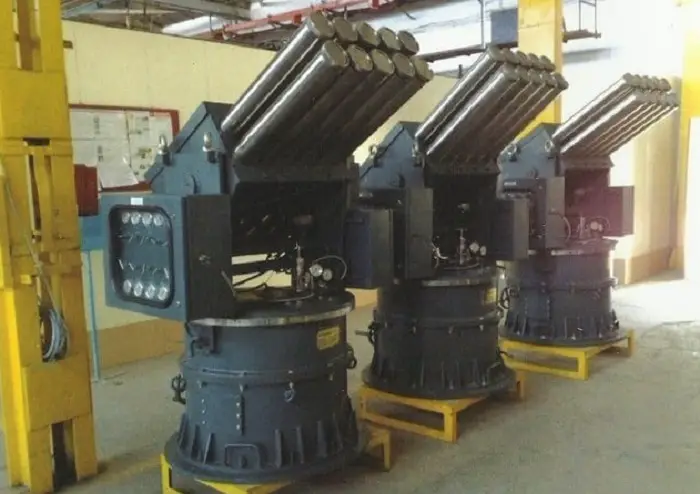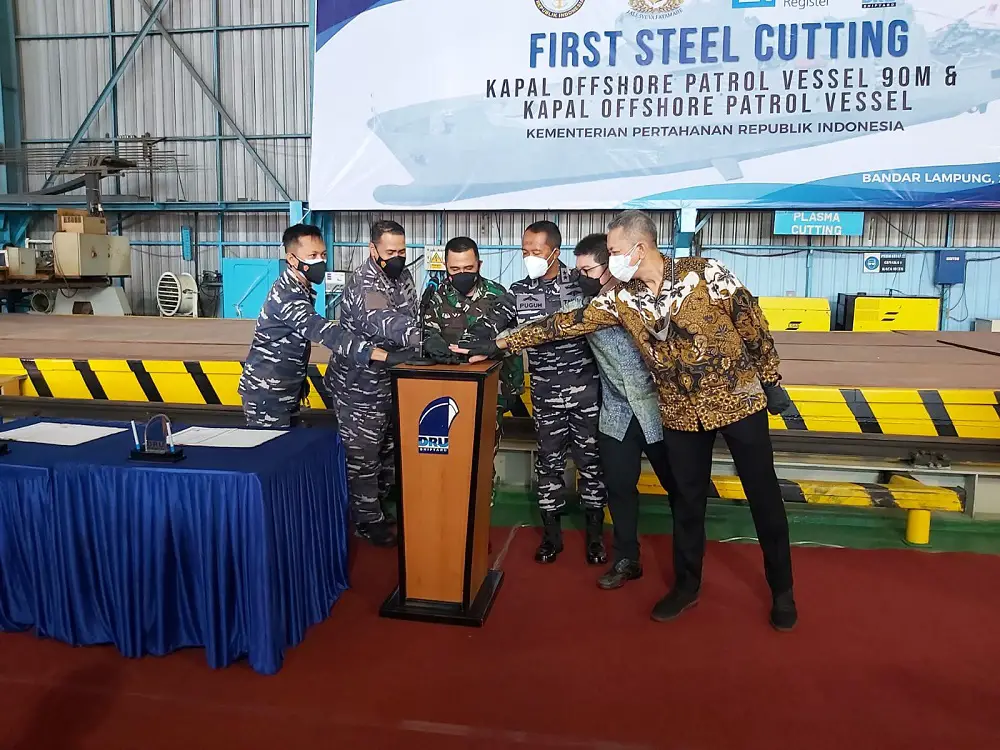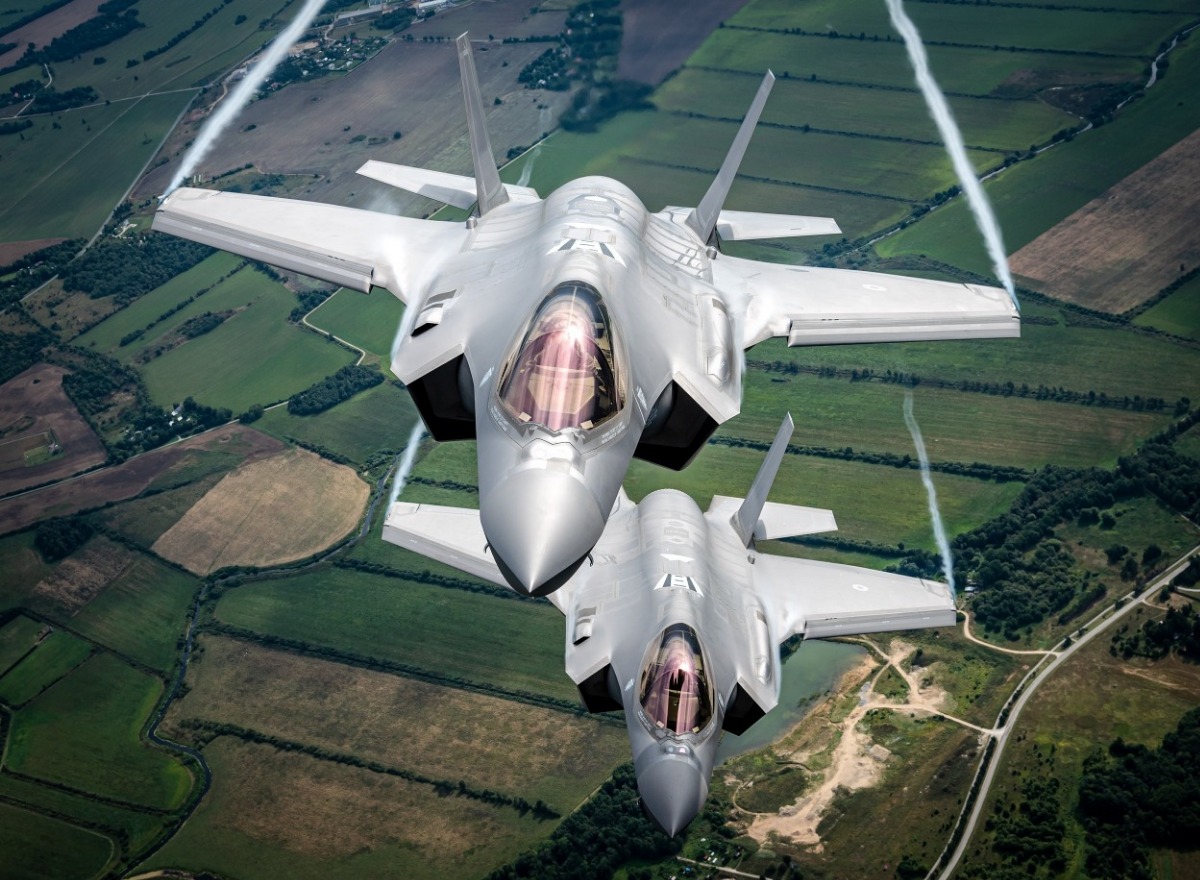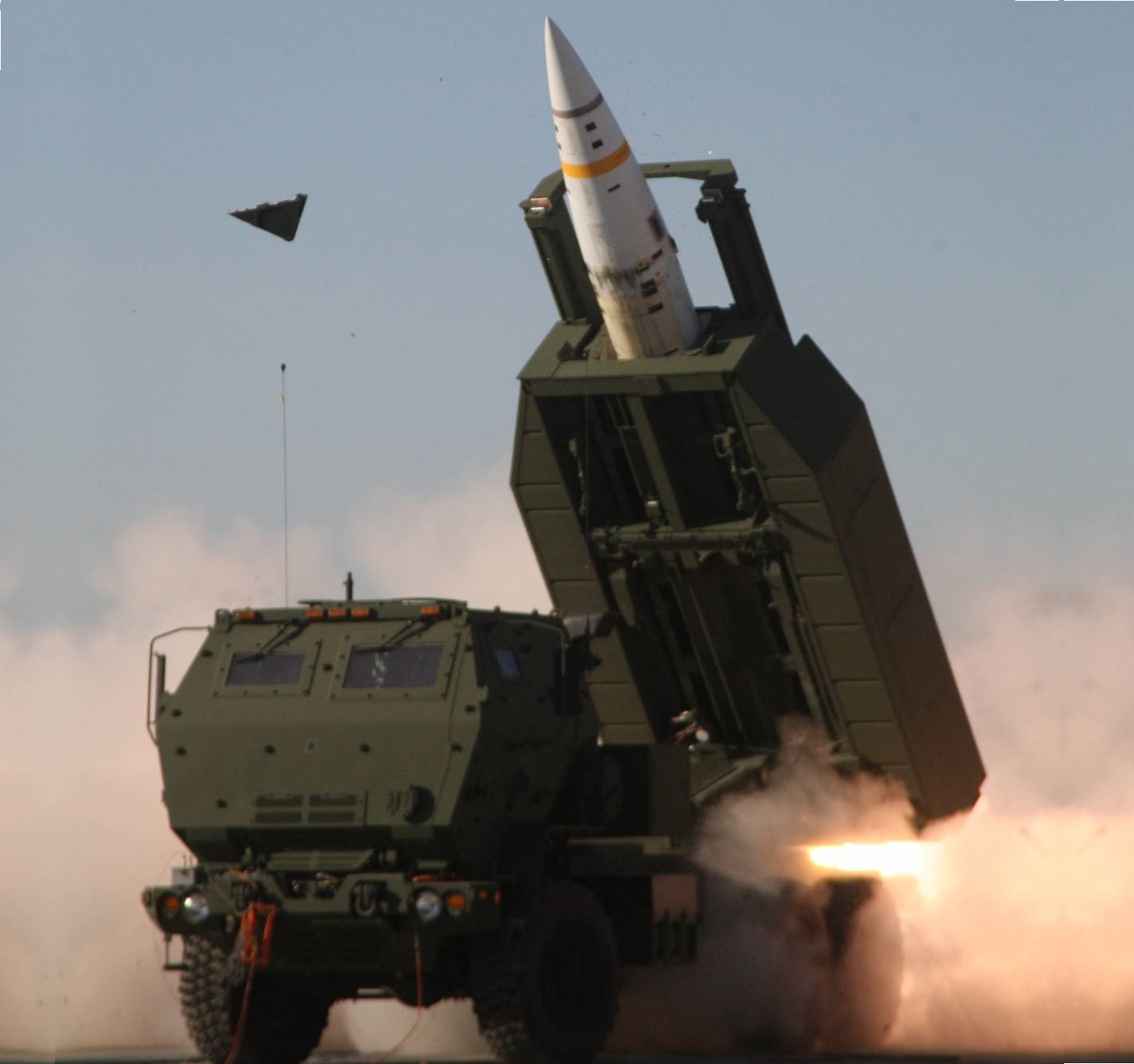The U.S. Navy Freedom-variant littoral combat ship USS Wichita (LCS 13) and Jamaica Defence Force Coast Guard offshore patrol vessel HMJS Cornwall conducted a live fire exercise in the Caribbean Sea April 9. Gunners from both ships shot hundreds of rounds at a floating training target. Formally known as a naval gunnery target balloon, the target is endearingly known as a “killer tomato.”
Before the gunnery exercise, Wichita launched her embarked helicopter from the “Sea Knights” of Helicopter Sea Combat Squadron 22 Detachment 8 to conduct firing range clearance and serve as a safety observer. Wichita and Cornwall then rendezvoused at a predetermined position, conducted communication checks, and maneuvered into safe firing positions. This tested both crews’ abilities to communicate, navigate, and operate together at sea.
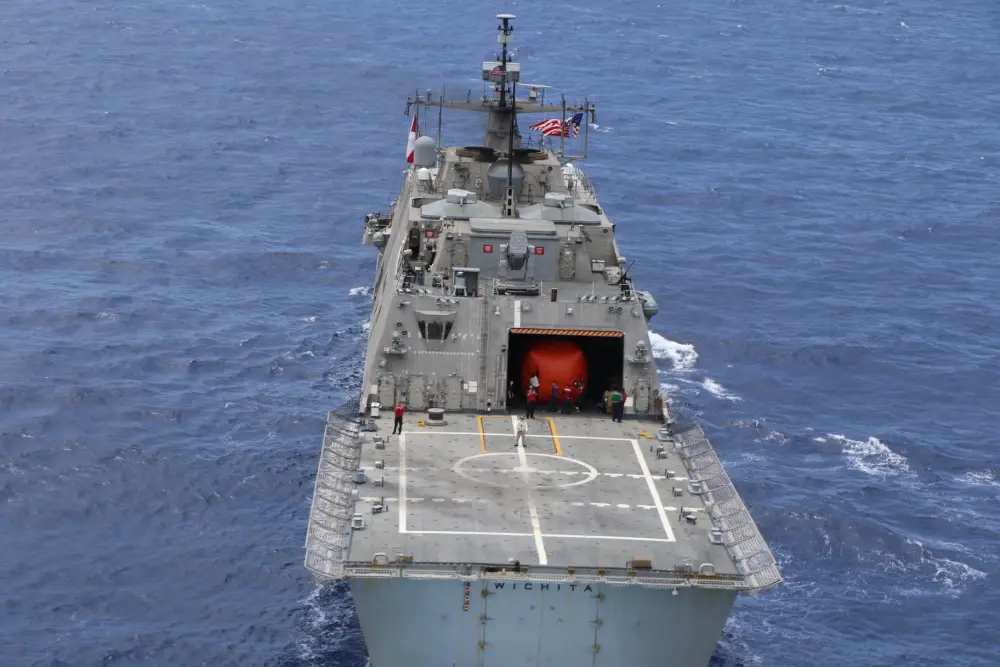
“Successful formation steaming with partner nation vessels takes professional bridge teams who understand how to safely maneuver their ships,” said Lt. Matthew Kolinko, Wichita’s officer of the deck for the exercise. You add live fire to the formation steaming and you know that both bridge teams must be at their best.
“Conducting multi-national gunnery exercises requires precision communication and teamwork,” said Cmdr. Daniel Reiher, USS Wichita Commanding Officer. “Cornwall’s team are superb mariners and we look forward to continued operations and more complex exercises with the Jamaican Coast Guard in the future.”

While it was the first live-fire exercise, this was Cornwall’s second interoperability exercise with a U.S. Navy warship this year. In February, Cornwall conducted a passing exercise with the Arleigh Burke-class guided-missile destroyer USS James E. Williams (DDG 95). Wichita is deployed to the U.S. 4th Fleet area of operations to support Joint Interagency Task Force South’s mission, which includes counter illicit drug trafficking in the Caribbean and Eastern Pacific.
U.S. Naval Forces Southern Command/U.S. 4th Fleet supports U.S. Southern Command’s joint and combined military operations by employing maritime forces in cooperative maritime security operations to maintain access, enhance interoperability, and build enduring partnerships in order to enhance regional security and promote peace, stability and prosperity in the Caribbean, Central and South American region.



